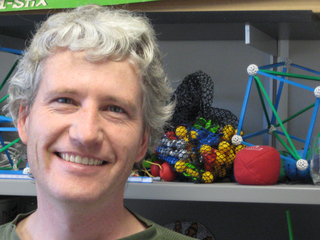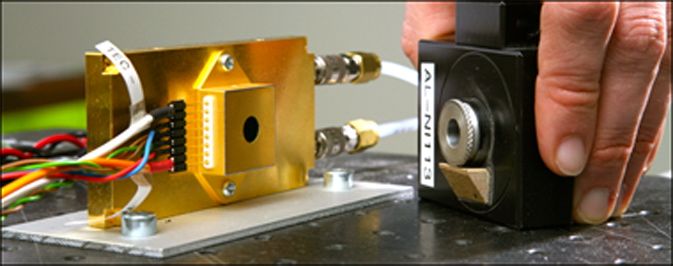
Computer Science and Electrical Engineering
University of Maryland, Baltimore County
Metareasoning in Adaptive Systems
Dr. Joshua Jones
University of Maryland, Baltimore County
1:00-2:15pm Friday, 4 March 2011, ITE 227, UMBC
Metareasoning, or reasoning about reasoning, is a process by which a system explicitly accesses (monitors and/or controls) its own reasoning. It is a widely held belief in AI that metareasoning is a cruicial part of human-level intelligence, and it could be considered part of consciousness. In this talk I will avoid such philosophical claims, and instead focus on some more practical applications of metareasoning in software systems that learn and adapt in changing environments. Specifically, I will give an overview of the basic metareasoning architecture and then discuss three systems: Augur, a classification system; GAIA, an adaptive game-playing system; and MCL, a general-purpose metareasoning shell.
Dr. Joshua Jones is a a postdoctoral researcher at the University of Maryland, Baltimore County, where he works on a number of projects with the CORAL and MAPLE labs. These include the development of novel techniques for grammar induction, learning of branching lexicographic preference models, metareasoning in a robotics domain using the Meta-Cognitive Loop (MCL) reasoning system and applications of machine learning methods in medical and financial domains.
Dr. Jones earned his PhD in May 2010 at the Georgia Institute of Technology, as a member of the Design Intelligence Laboratory led by Ashok Goel. His primary research interest is in the area of Artificial Intelligence. He works mostly on learning, which his dissertation viewed as a result of metareasoning — where changes to an agent's knowledge or processes are produced by a deliberative process of agent introspection (self-diagnosis) and self-repair. His dissertation research involved designing both reasoning processes capable of such learning, and knowledge representations capable of supporting those reasoning processes, all of which are implemented in a system called Augur. Augur is also integrated with several statistical machine learning algorithms, and as such, the work is in part intended to establish a bridge between machine learning and knowledge-based approaches to AI.
Update: Slides from Metareasoning in Adaptive Systems, Fri 3/4/2011, UMBC
· directions · talks · events ·

